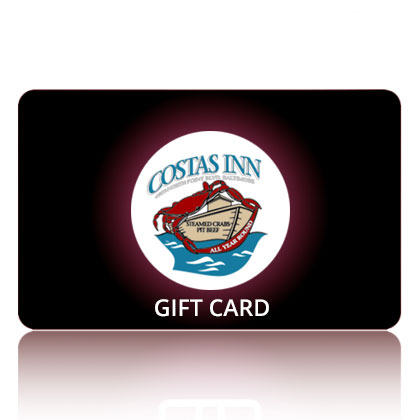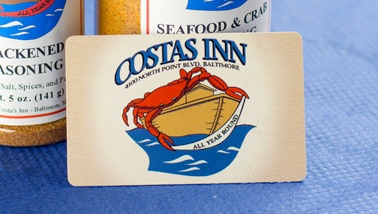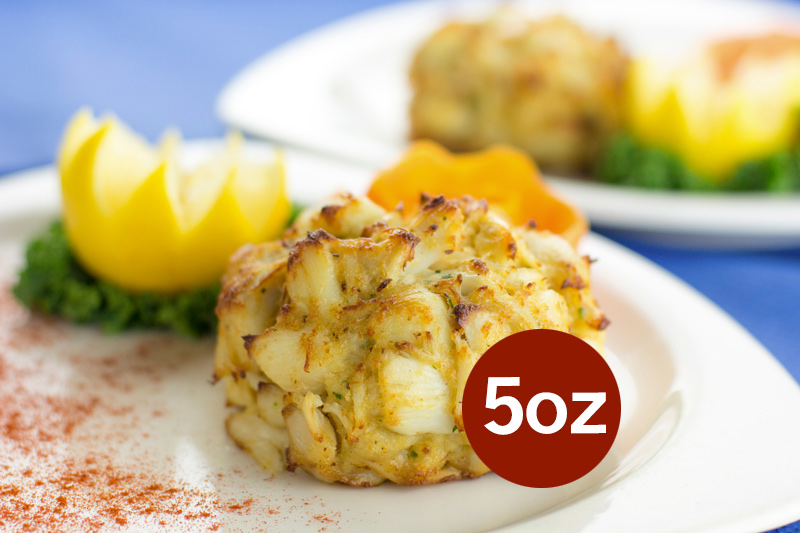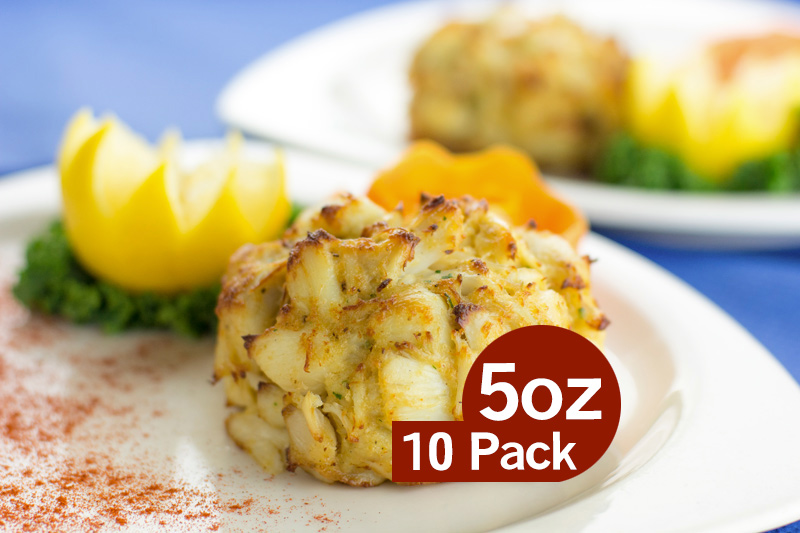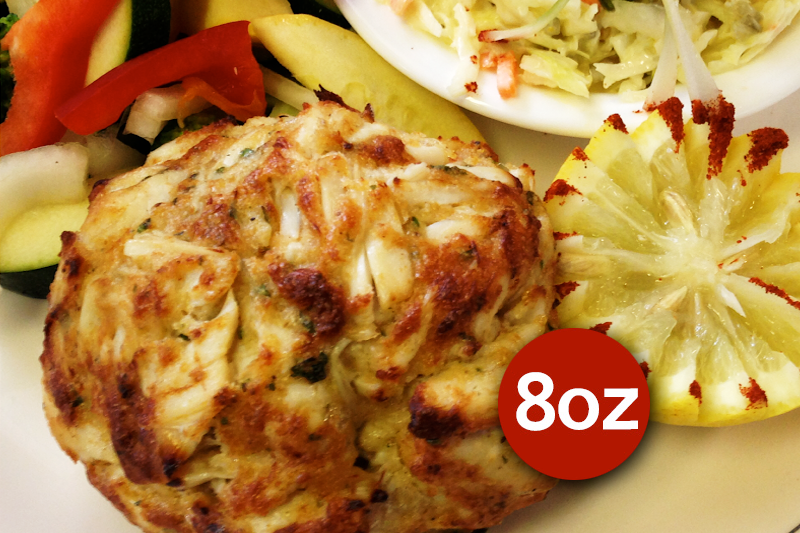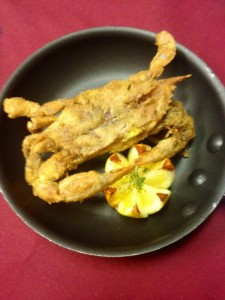
Just about everyone loves softshell crabs! The softshell crab is a timeless classic, known for its versatile flavors and universal appeal as well as numerous cooking options to make your crabs taste just right.
Just about everyone loves softshell crabs! The softshell crab is a timeless classic, known for its versatile flavors and universal appeal, as well as numerous cooking options to make your crabs taste just right. While softshell crabs are known as a summer delight, they’re suitable during plenty of other times of the year too. It’s important to understand how they’re produced, sold, and eventually cooked so you can get the best softshell experience. If you want to know more about softshell crabs, keep reading to find out much more!
The Basics
Truth be told: softshell crabs are actually “hardshell crabs” that are still going through the molting process. In contrast to humans, who have skin that grows and stretches when they get older, a crabs’ shell doesn’t age with them. Instead, they’re shed and replaced as they get older. This process starts when the crab releases enzymes that help its old shell separate from its skin, leading the way for a new soft, paper-like shell to grow over the next couple of weeks. This can happen often depending on the kind of crab, and king crabs go through this process up to 20 times in their lifetime.
How Softshell Crabs Are Harvested
When crabs molt, they then turn their water bloat that they accumulate into new, hardened shells. During this “intermolt” period, crabs shouldn’t be harvested as that process impacts their flavor. However, once they molt and that new shell hardens, crabs become much harder to eat! Soft crabs are usually captured and held in captivity in saltwater tanks until they molt. Once their shells are gone, they are removed from the water to stop any new shells from developing, leaving them soft and ready to be cooked.
Dealing With Crabs
Humanely killing softshell crabs is an integral part of dealing with these crabs and preparing them for consumption. One method is to chill them: they are cold-blooded and don’t feel any pain at cold temperatures. Placing them in the freezer or using a mix of saltwater and crushed ice can keep them calm and unable to feel any pain. Alternatively, you can cut off the front of the crab behind the eyes and mouth if freezing isn’t a practical option.
Flavor Profiles
If you’ve had them before, you already know about their sweet, tender flavor and meat. The white body meat and brown claw meat are both rich with flavor. Softshell crabs are eaten alongside the shells, which gives a crunchier texture that is suitable to grilling, frying, boiling, or steaming!
YOUR SEAFOOD DESTINATION
Costas Inn has been a Baltimore tradition since 1971. You may recognize our restaurant, which was recently featured on the Food Network with Michael Symon on Burgers, Brew, and ‘Que! We were also voted the2015 #1 Baltimore Seafood Restaurant by USA Today, as well as #1 Crab Restaurant 2014 in the Baltimore Business Journal. You may have also spotted Costas Inn during one of our 9 appearances on the Today Show or heard one of our many interviews on WJZ TV Channel 13 with Ron Matz and Marty Bass.
You can enjoy our famous crab cakes in-house or order them online for any time eating. We also provide some of the best seafood catering in the Baltimore area! You can also get your fill from Costas even when you’re not in our dining room: follow us on Facebook, Twitter, Pinterest, and YouTube!
Tags: crabs, seafood, seafood facts, softshell crabs

